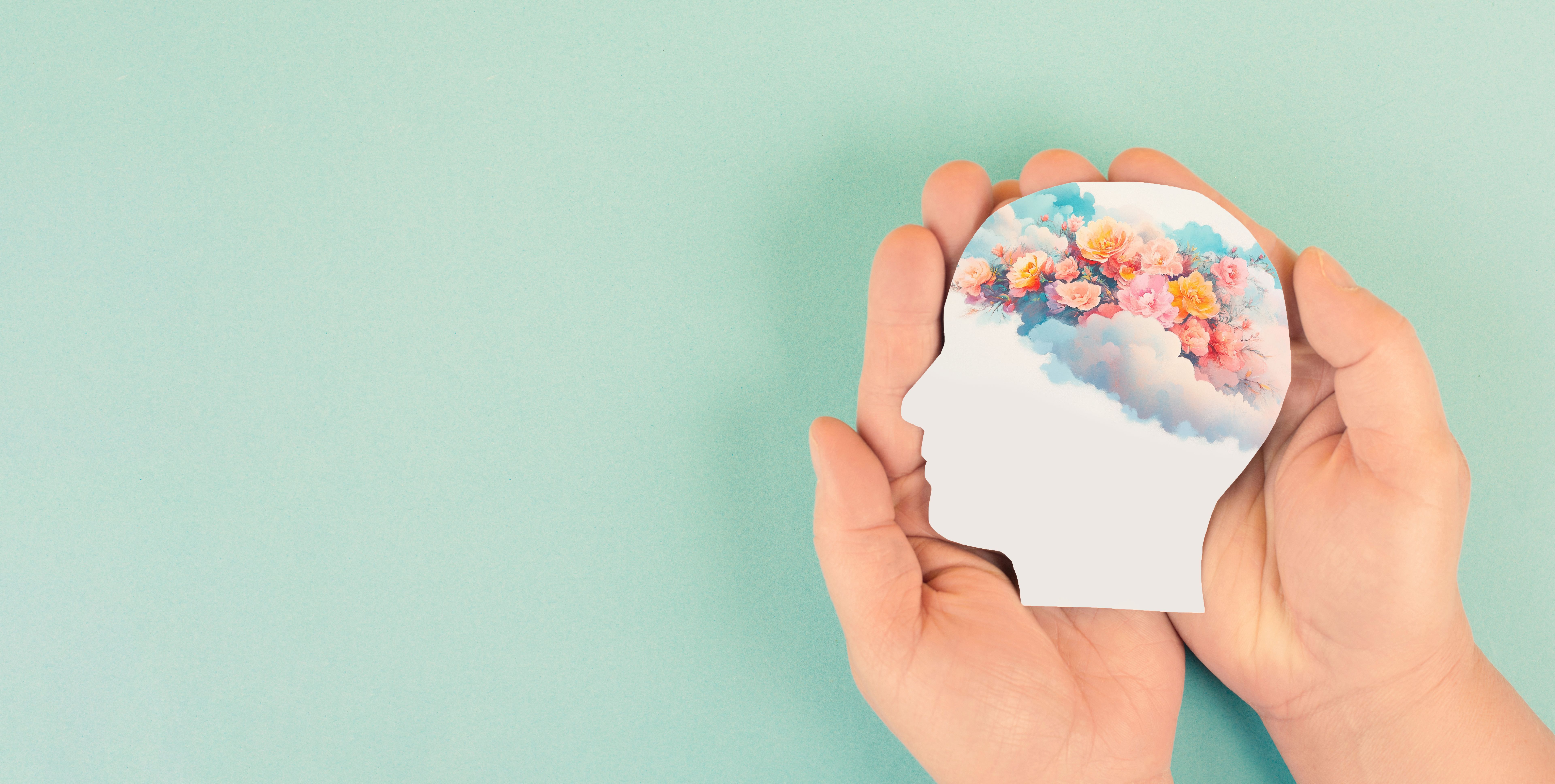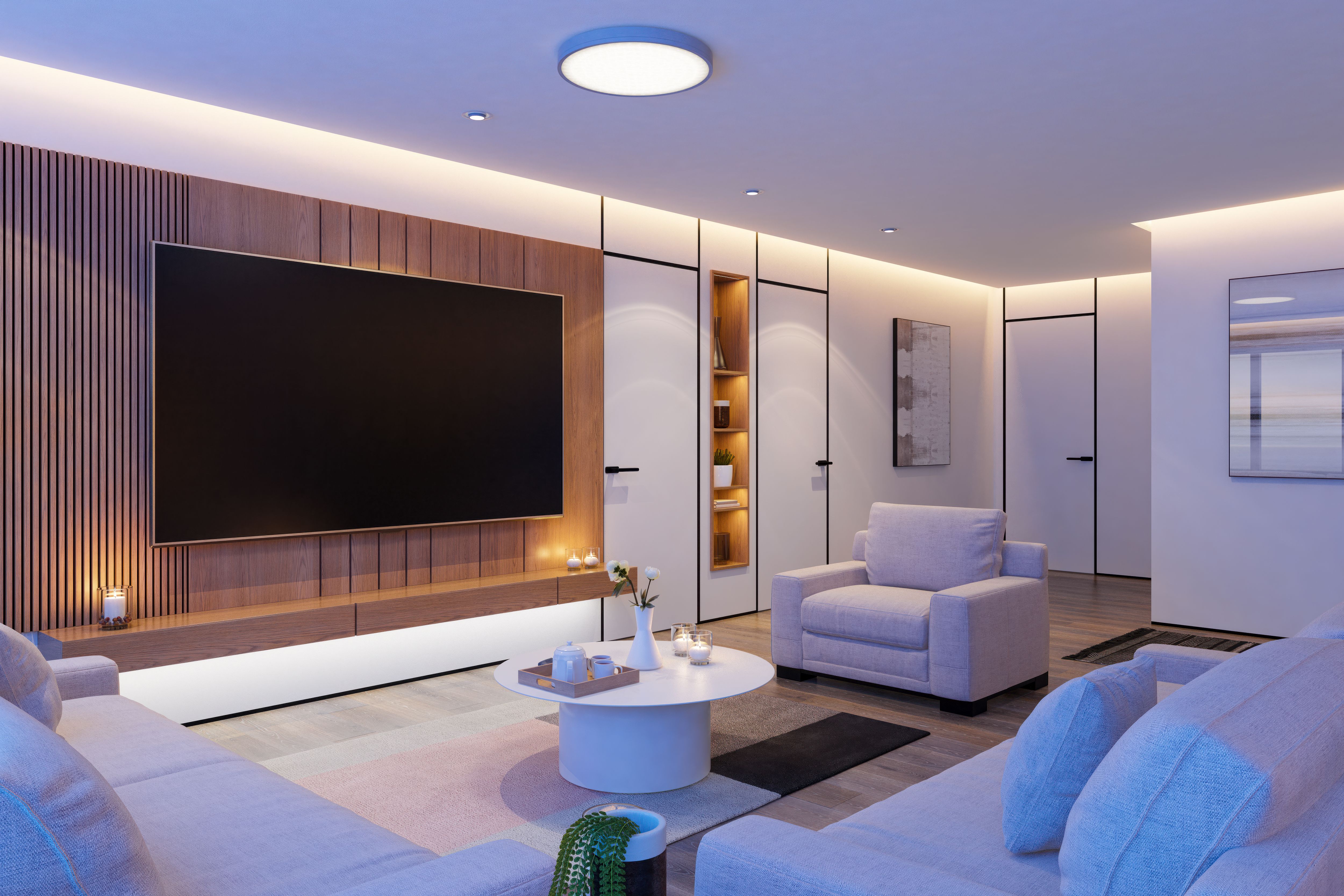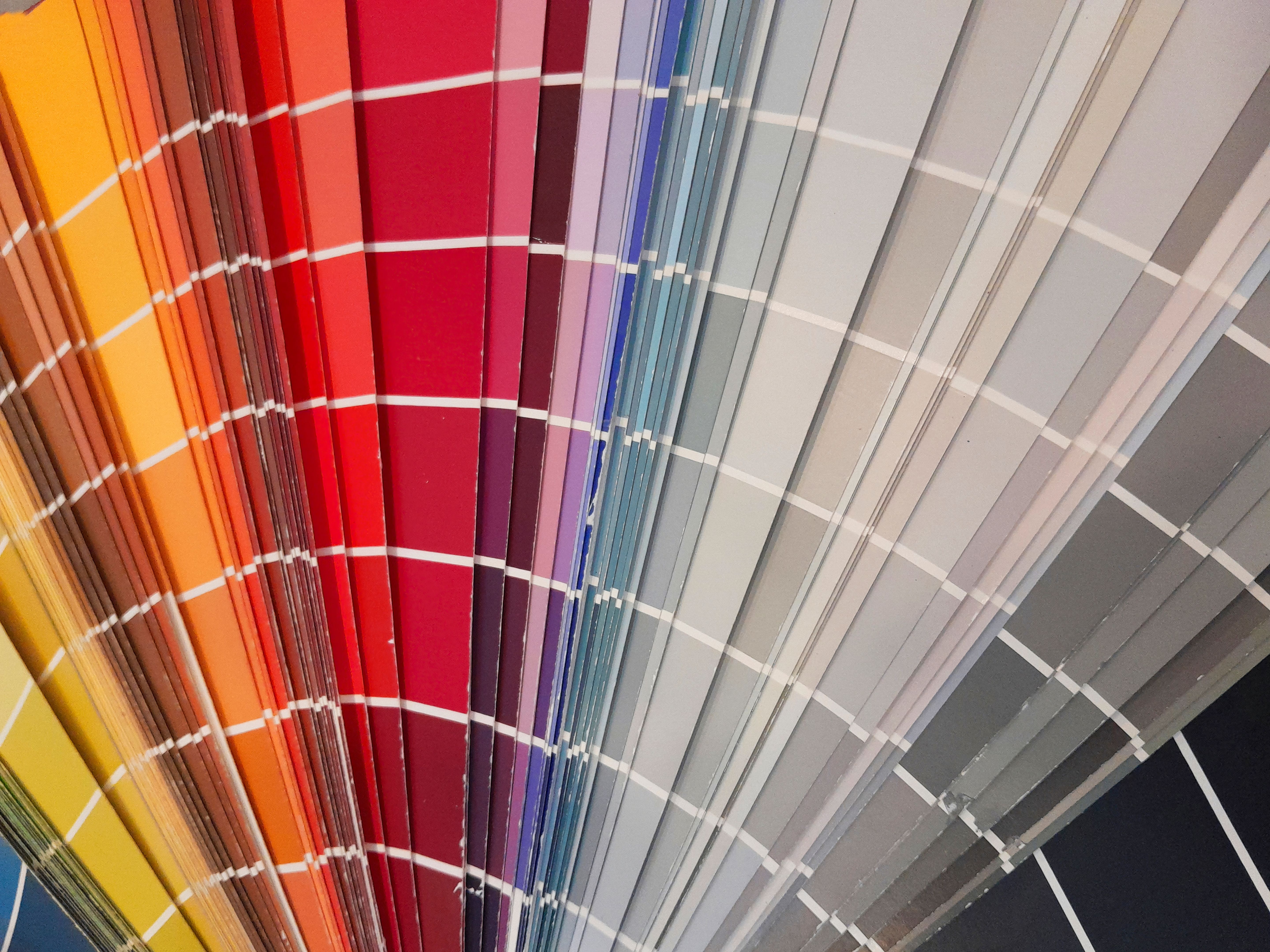Choosing the Perfect Colors for Your Space
Understanding Color Psychology
Choosing the right colors for your space is more than just a matter of preference; it involves understanding the psychology behind colors. Each hue can evoke different emotions and moods, influencing how you feel in that environment. For instance, blue often creates a calming and serene atmosphere, while red can stimulate energy and excitement. Knowing the psychological impact of colors can help you make informed decisions for your space.
Consider the purpose of each room when selecting colors. Bedrooms, often associated with relaxation, benefit from cool tones like greens and blues. On the other hand, vibrant colors like yellow or orange can invigorate a kitchen or dining area, fostering a lively and welcoming ambiance.

Creating Harmony with Color Schemes
Once you understand the psychological effects of colors, it's essential to create a harmonious color scheme. This involves selecting colors that complement each other well. A popular approach is the 60-30-10 rule, which suggests using a dominant color for 60% of the space, a secondary color for 30%, and an accent color for the remaining 10%. This balance ensures that no single color overwhelms the room.
Consider using a color wheel to explore complementary or analogous color schemes. Complementary colors, which are opposite each other on the wheel, can create striking contrasts. Analogous colors, located next to each other, offer a more subtle and cohesive look.

Lighting's Impact on Color Perception
Lighting plays a crucial role in how colors appear in your space. Natural light changes throughout the day, altering how colors are perceived. For example, sunlight can enhance warm tones during the day but may cause cooler tones to dominate in the evening. Artificial lighting, such as LED or incandescent bulbs, also affects color perception, often adding a yellowish or bluish tint.
Test paint swatches on your walls and observe how they look under different lighting conditions before making a final decision. This ensures that you choose colors that maintain their desired effect regardless of the time of day.

Personalizing Your Space with Accent Colors
Accent colors are an excellent way to add personality and interest to your space without overwhelming it. These are typically bold or vibrant hues that stand out against neutral backgrounds. Consider incorporating accent colors through elements like throw pillows, artwork, or rugs, which can easily be changed if you wish to update your decor.
When selecting accent colors, think about what resonates with you personally. This could be a favorite color or a shade that holds sentimental value. Personal touches make your space feel uniquely yours.
The Importance of Testing Colors
Before committing to a color scheme, it's wise to test your choices on a small scale. Many paint companies offer sample sizes that allow you to try out colors on your walls. Observe them over several days to see how they interact with lighting and other elements in your space.
Testing helps prevent costly mistakes and gives you confidence in your final selection. Additionally, it allows you to experiment with bold choices you might not initially consider.

Expert Tips for Color Selection
If you're unsure about choosing colors for your space, consider consulting with an interior designer or color expert. They can provide valuable insights and suggestions tailored to your preferences and needs. Professionals often have access to tools and resources that simplify the color selection process.
Additionally, online resources and design applications can offer inspiration and guidance. Platforms like Pinterest or design blogs are excellent starting points for discovering new ideas and trends.
Embracing Trends vs. Timeless Choices
While it's tempting to follow current color trends, it's essential to consider their longevity. Trendy colors may feel fresh now but could quickly become outdated. Opting for timeless shades ensures your space remains stylish over the years.
If you want to incorporate trends without fully committing, use them in easily changeable accents rather than permanent fixtures like walls or cabinetry.
